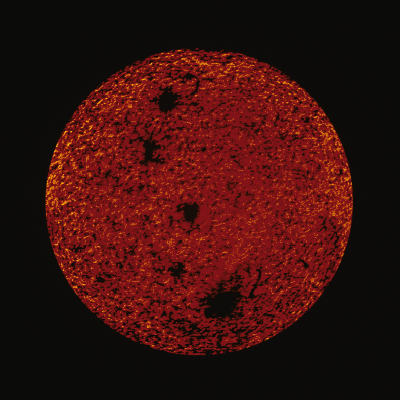River subbasins more depleted than
official figures show
09 April 2024
Published online 12 April 2017
How the red planet’s climate changed from warm and wet to harsh and dry.

© PhotoDisc/Getty Images
“This study tells us how the bulk of the Mars atmosphere was lost to space, significantly contributing to evolution of its climate,” says lead author Bruce Jakosky from the University of Colorado, Boulder, USA. “This has important implications for understanding the history of the habitability of Mars by microbes.”
Analysing data beamed back by Mars-orbiting space probe Mars Atmosphere and Volatile Evolution (MAVEN), the scientists, including a researcher from the United Arab Emirates, measured the ratio of lighter and heavier isotopes of chemically inert argon gas in the upper atmosphere of Mars.
The solar wind, a thin stream of electrically conducting gas, preferentially removed the lighter isotope of argon, leaving its heavier brand in the atmosphere. This process stripped 66% of the lighter argon isotopes from the atmosphere.
Besides argon, ions picked up by the solar wind impacted Mars at high speeds, knocking atoms and molecules of other gases, such as carbon dioxide, into space.
Although a planet can lose some of its atmosphere through chemical reactions that can lock gas away in surface rocks, on Mars, solar wind and radiation were chiefly responsible for most of the atmospheric gas loss, according to this research.
doi:10.1038/nmiddleeast.2017.67
Stay connected: